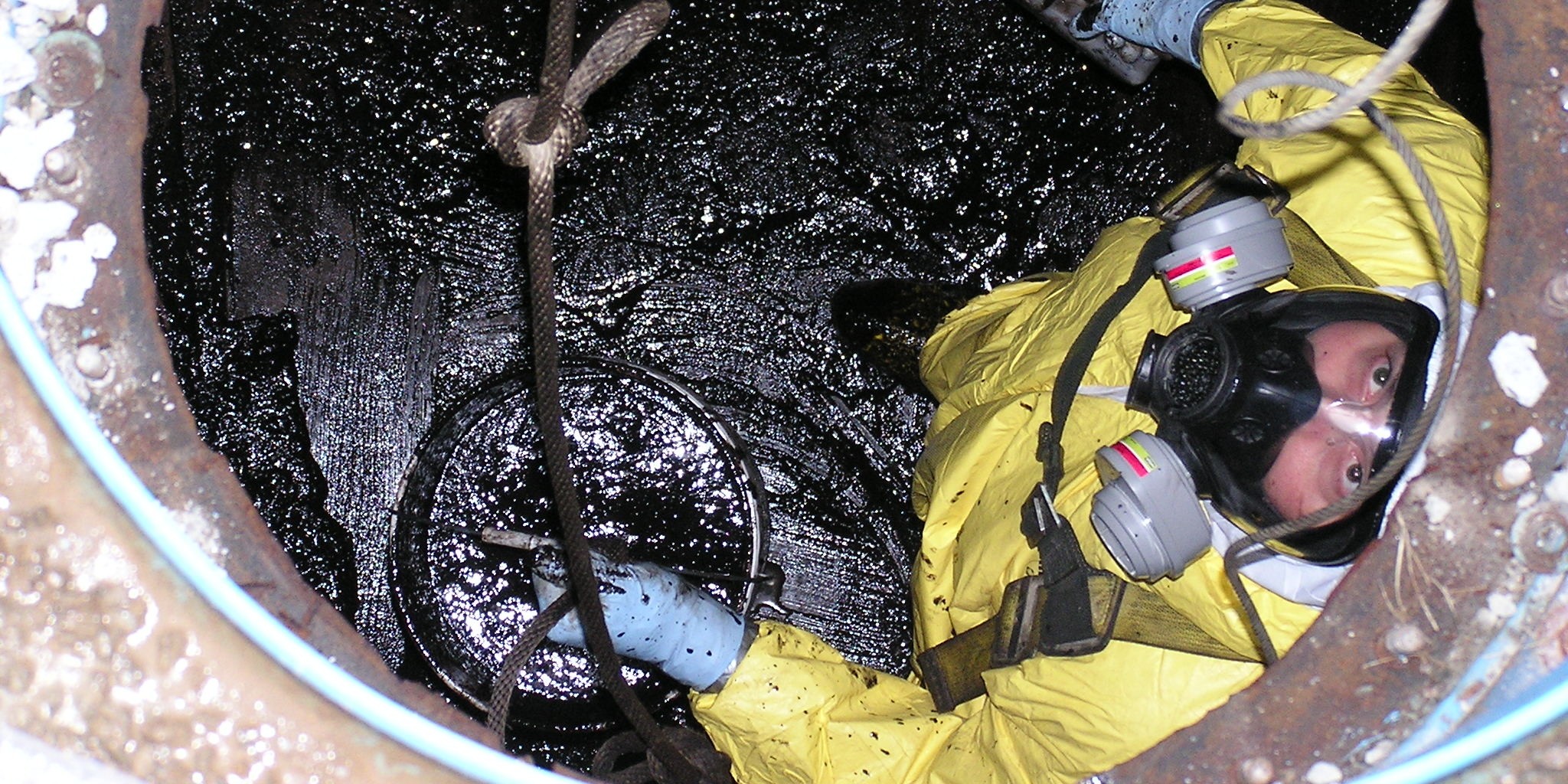If you’ve got an underground storage tank (UST) that stores hazardous liquids, including chemicals, petroleum, and other products that pose a risk to human health and the environment, it’s vital to stay on top of any issues, especially leaks. From oil slicks to dead grass, there are several signs you need underground storage tank removal—before the damage to your site and environment becomes too costly. Learn what to look for, the process for UST removal, and possible alternatives.
Signs of a Faulty or Leaking Underground Tank
The following reasons might signal a leak. If you have any of these, it’s time to get the tank assessed, especially in the case of hazardous chemicals or petroleum.
- Faster Consumption of Contents: If tanks are running empty faster than usual without equal use, you may have a leak or other malfunction.
- Moisture and Stains: Especially for tanks buried under structures or basements, look for moisture forming on the floors or walls along with stains.
- Dead Plants and Grass: Many chemicals in tanks are hazardous to plant life. Look for discolored or dead plants, weeds, and grass above and near the tank.
- Polluted Groundwater: During periods of high groundwater (such as after rainfall), see if nearby puddles have chemical sheens to them, especially with petroleum.
What It Takes for Underground Tank Removal
If inspection shows that the tank needs to be removed, it can be a lengthy project, requiring steps before, during, and after cleanup with specialized skills and equipment. You’ll need:
- Project Management: With so many moving parts and liabilities, these projects need to be managed, from initial conversations and goals to planning out the steps and execution and getting the people and equipment where they need to be at the right time(s).
- Tank Preparation: In many cases, these tanks will need to be emptied and cleaned before moving, requiring confined space entry. Underground tanks will require Dig Safe® notification, and additional required local and state permits may need to be obtained.
- Tank Removal: Removing the tank requires heavy equipment, from decoupling pipes and removing supports to digging out below-ground tanks and hoisting them onto flatbeds for safe transportation and disposal.
- Approved Disposal: Depending on the type of tank and its contents, both the tank and residual tank contents may need to be transported and disposed of as hazardous waste at an approved disposal facility.
- Site Remediation: From simple grading to contamination cleanup, the state of your tank and spills of any hazardous contents may require specialized site remediation before the area can be used for new installations.
Learn more about the process in our blog, The Dirty Job of Tank Removal and Tank Cleaning.
UST Cleaning and Industrial Maintenance
For both underground storage tanks with maintenance access and above-ground tanks, tank cleaning and industrial maintenance may be an option. These are most effective when the leaks are from faulty connections or other flow issues that repairs and cleaning can solve. Tanks that are removed from the ground may also be able to be cleaned and then repaired, depending on damage. Learn more about confined space entry and industrial cleaning here.
So, if you need help with underground storage tank removal, including assessment and cleaning, it’s time to contact NEDT. We provide a customer-focused experience with full project management by a highly skilled and equipped workforce. Learn more about our other related services, such as hazardous waste transportation and disposal, industrial cleaning and maintenance, site remediation, emergency spill response, and disaster recovery. Because tank cleaning and removal shouldn’t be difficult.






